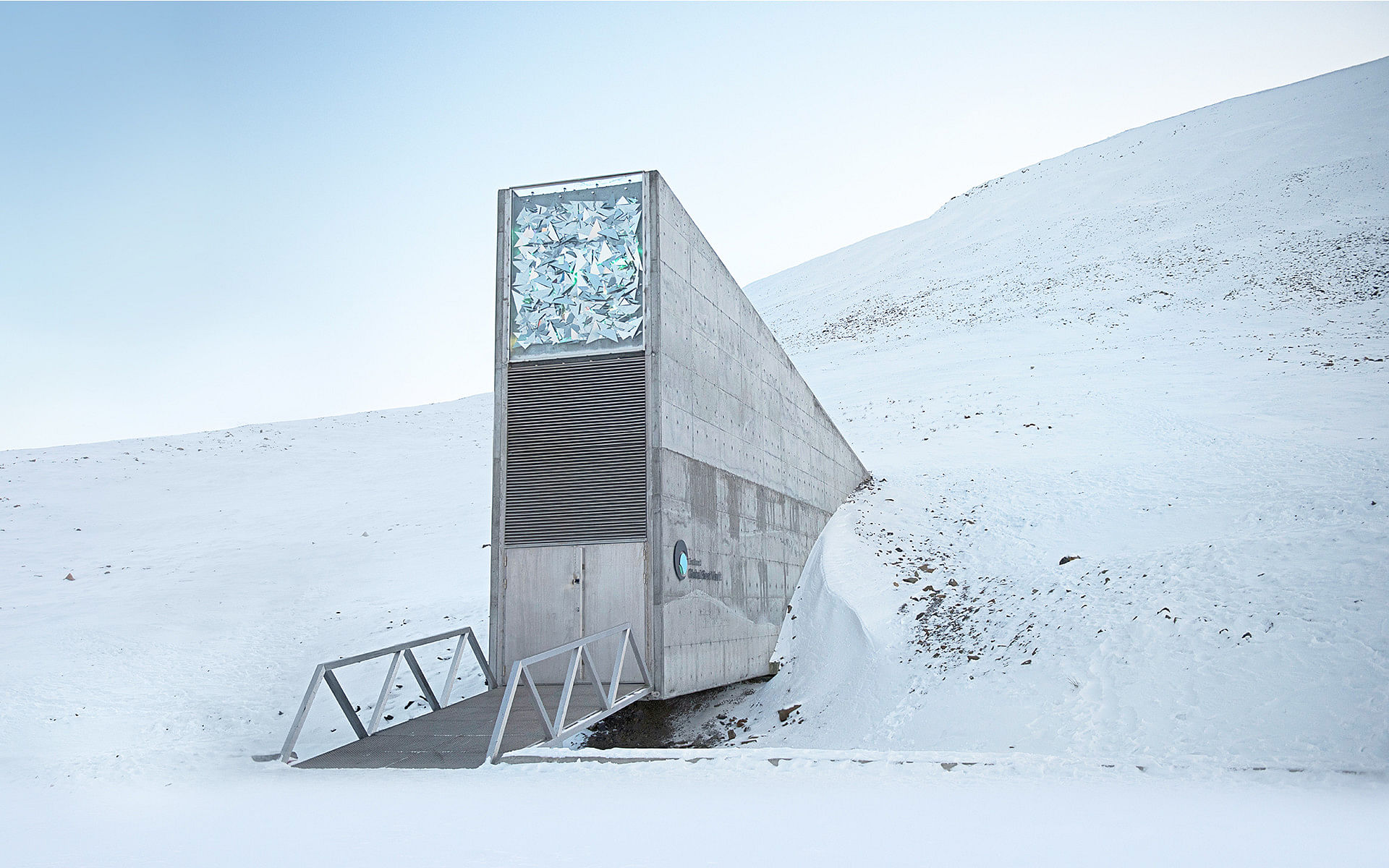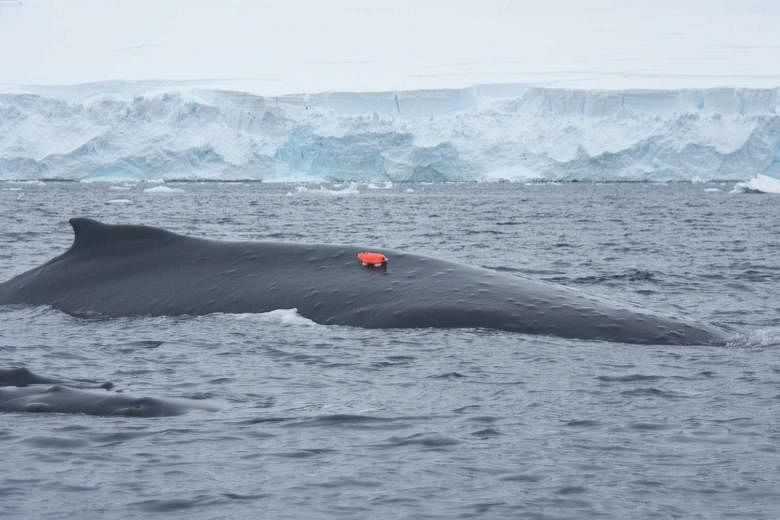A team of scientists from the Australian Antarctic Division and Oregon State University, leaning in with long carbonfibre poles, stuck special cameras and sensors to humpback whales' bodies with suction cups.
This allowed them to gain unprecedented insights into the behaviour of these mammals non-invasively, which will be helpful in future conservation efforts.
Still, the use of technology to promote environmental conservation can seem paradoxical at first blush.
After all, it is human intervention that has accelerated climate change in the last two centuries, according to the United Nations' Inter-governmental Panel on Climate Change, and killed off the dodo.
But some projects have bucked this trend. Here are four other projects that cleverly use advanced technology to aid environmental conservation:
1. Replacing bees with drones

A team led by Dr Eijiro Miyako at Japan's National Institute of Advanced Industrial Science and Technology successfully used tiny drones to pollinate flowers in place of bees.
A mat of fine horsehair coated in a special gel that lightly adheres to pollen was attached to the bottom of the drones, which can then fly from flower to flower. Said Dr Miyako: "We hope this will help to counter the problem of bee declines."
2. Gathering computing power for climate prediction

Climate scientists at Oxford University have successfully harnessed "volunteer computing", also known as distributed computing, to help process complex climate models that identify and predict trends in global temperatures.
Any user with an Internet connection can download a special - and very colourful - screensaver for free which, in simple terms, taps on otherwise unused excess computing power to help calculate and solve a very small part of the climate model.
The piecemeal solutions are then sent to a central server over the Internet for aggregation into a complete model.
Says the project's website: "We run hundreds of thousands of state-of-the-art climate models, each very slightly different from the others, but still plausibly representing the real world."
"This technique, known as ensemble modelling, requires an enormous amount of computing power."
"Climate models are large and resource-intensive to run and it is not possible to run the large number of models we need on supercomputers."
3. Global Forest Watch (GFW)

Created by the World Resources Institute and launched in 2014, the GFW is an advanced suite of tools, including a map that allows anyone to track the state of forests worldwide, that aims to "empower people everywhere with the information they need to better manage and conserve forest landscapes".
For instance, locations where deforestation are suspected to have taken place are flagged and alerts sent out to people who have subscribed to them.
The GFW also consolidates data from various sources such as National Aeronautics and Space Administration satellites and Google Maps, providing statistics that can be used to identify trends of tree cover over time through algorithms designed by Professor Matthew Hansen at the University of Maryland.
4. Svalbard global seed vault

Built deep inside a mountain in the remote Svalbard archipelago, halfway between mainland Norway and the North Pole, the vault is a subterranean behemoth that spans nearly 150m at its longest.
Designed to keep seed samples to rejuvenate plant - especially crop - biodiversity in the event of any global catastrophe, the vault is kept at around -18 deg Celsius and low humidity year-round, thanks to its position in the Arctic Circle permafrost.
The samples are sealed in purpose-designed packaging to deter degradation and then placed into rugged containers.
Over 880,000 seed samples have currently been deposited into the vault, with full capacity being pegged at 4.5 million samples, or around 2.25 billion seeds, according to Crop Trust, which operates the vault in conjunction with Norway's Ministry of Agriculture and Food.
The vault is also slated to become an archive of the world's data, becoming part of the World Arctic Archive, which will preserve cyber data on special archival-quality film offline, increasing its longevity and eliminating the risk of both cyber attacks and alteration of its contents.
Sources: Intergovernmental Panel on Climate Change, Crop Trust, Global Forest Watch, Climateprediction.net, Chem


